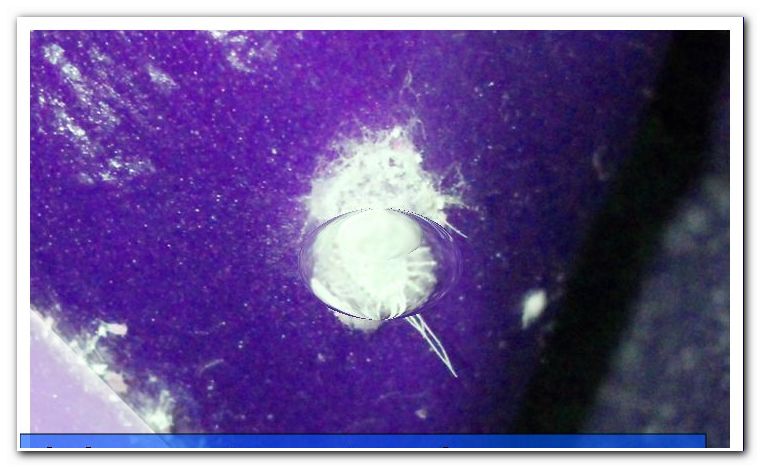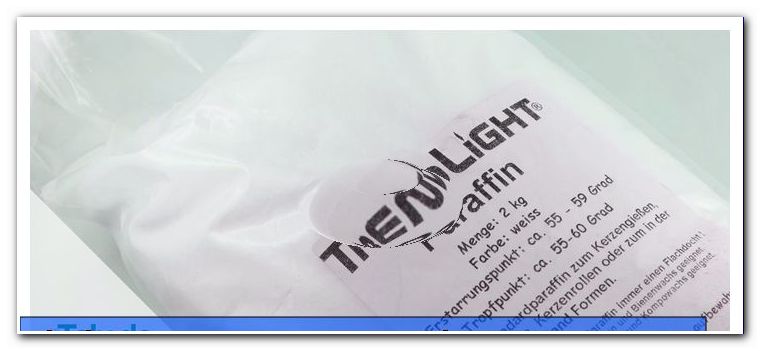Olive tree, Olea europaea - Wanted poster

The olive tree is currently one of the most popular plants of the Germans - find out why, and what varieties with us have a chance to thrive. The olive tree is a great tree with many virtues, also interesting for German gardeners. But more important for this is the overview of the cultivars of the olive trees, which have a chance for a culture in Germany:
A tree with many talents
The "Olea europaea", genus olive trees, family Olive Family, is extremely popular because it expressively decorated - and because it is one of the most useful plants for us humans. It has been cultivated for about 6 millennia, the fruits are being harvested, it gives us finest quality cooking oil, lubricating oil and fuel oil, the press cake is fed or burned, the unusually hard wood is used to make furniture or musical instruments.
tip
Information takes time and effort, but there is a compelling reason to be well informed before acquiring an olive tree: if you like it at its location, your olive tree will become ancient - the oldest olive tree still in existence was planted by Constantine the Great in 314 This olive tree called 'Farga de Arion' (Ulldecona, Catalonia, Spain) is just 1701 years old.
The olive trees of our world:
Since the olive tree europaea inhabits our world, it has developed several subspecies:
- Olea europaea subsp. europaea: called real or European olive tree, native Mediterranean, ancestor of all cultivars
- Olea europaea subsp. europaea var. europaea are the botanically correct cultivars (+ listed varieties)
- Olea europaea subsp. europaea var. sylvestris is the wild form, shrubby growth, broader leaves, smaller fruits
- Olea europaea subsp. africana comes from Africa and today is distributed to India and China, by 10 m high, cultivation in very dry areas possible, is sold as a cultivar
- Olea europaea subsp. cerasiformis (Madeira) is more often cultivated as a potted plant
- Olea europaea subsp. cuspidata (Africa, Asia), guanchica (Canaries), laperrinei (Algeria, Sudan, Niger) and maroccana (Morocco) have hardly played a role in culture so far
Then there are "a few" cultivars, only in the Mediterranean over 1, 000, "one in each village". In Spain, Italy and Greece, most of the olives are also harvested, and in many regions the olive tree is the basis of the rural economy. Even if the EU funding policy promotes ecologically problematic large-scale cultivation, which threatens the varietal diversity by unification, remain innumerable varieties, almost all of these olive trees are cultivated and sold.
Olive tree 1 of 7






You should buy only from traders who can give the botanical name and place of cultivation, and not every species / variety: An "Olea europaea var. Sylvestris" from South Africa is only suitable as a bonsai for well-heated flats, but a Spanish 'Arbequina' is considered Olive oil is not necessarily the right choice if you want to harvest. And an olive tree, which is sold with the following text: "We are currently leading a few trees of the variety" Olea Europea ", this variety is one of the few varieties that can be planted in winter-warm regions of Germany, " they should leave the same at the dealer, who obviously has no idea.
Here is an overview of the varieties, from the olives with a clear potential to grow in the German garden soil, to the varieties from which German gardeners should probably rather distance:
1. Up to minus 20 ° C or more should endure:
- 'Aglandau': oil and table olive, grows in the franz. Provence, in Azerbaijan and the Ukraine, should therefore tolerate some cold
- 'Bouteillan': French Provence, has long been known as a cold-resistant
- 'Frantoio', 'Leccino' (Lessini): olives from Tuscany, Italian main varieties
- 'Olivastra Seggianese': Autochthonous variety, northwestern foothills of Monte Amiata, 350-600 meters altitude
- , Moufla ': From the south of France, should be up to -24 ° C endure
- , Rougette de l'Ardèche 'from the southeast of France
2. Sold as hardy, not necessarily confirmed by experience:
- Cayon du Var: From the franz. Department of Var, where it is barely colder than 5 ° C
- Arbequina: coast of northeastern Spain, hardy, hardy in USDA zone 7b (-15 ° C), low soil requirements
- Cornicabra: oil-olive from Central Spain, indicated for USDA-zone 8a (-12 ° C), but according to the University of Córdoba the winter hardiest olive
- Also growing in central Spain 'Alfafara', 'Cacereña', 'Carrasqueña', Castellana ', ' Manzanilla ', ' Morisca ', ' Verdial '(origin south, Málaga)
- Empeltre: oil olive from the northeastern mainland of Spain until USDA zone 8, also grow there 'Farga', 'Sevillenca', 'Morrut', 'Verdeña'
3. Contrary to the sales practice only very hardy with us:
- Ascolana, central Italy, once particularly frost hardy, then again for USDA zone 9b (-3.8 ° C)
- Hojiblanca: Southern Spain, is expected to endure to minus 19 degrees, but there are reports of frost damage in German gardens
- Picual: Southern Spain, frost-tolerant to minus 16 degrees, but well-known for good regeneration ability, should also tolerate cold wet soils
- Other olives from southern Spain, who know little cold: 'Blanqueta', 'Changlot', 'Cornezuelo', 'Gordal', 'Lechín', 'Morona', 'Picudo', 'Royal de Cazorla', 'Villalonga'
- Also, 'Canino', 'Dolce Agogia', 'Moraiolo', 'Rociola' from central Italy are not up to the German climate
- Southern Italy: 'Biancolilla', 'Bosana', 'Carolea', 'Cerasuola', 'Coratina', 'Nocelara de Belice', all rather nothing for us
Anything further south, Greek and Tunisian and Iranian varieties, of course, has even worse chances in Germany.




